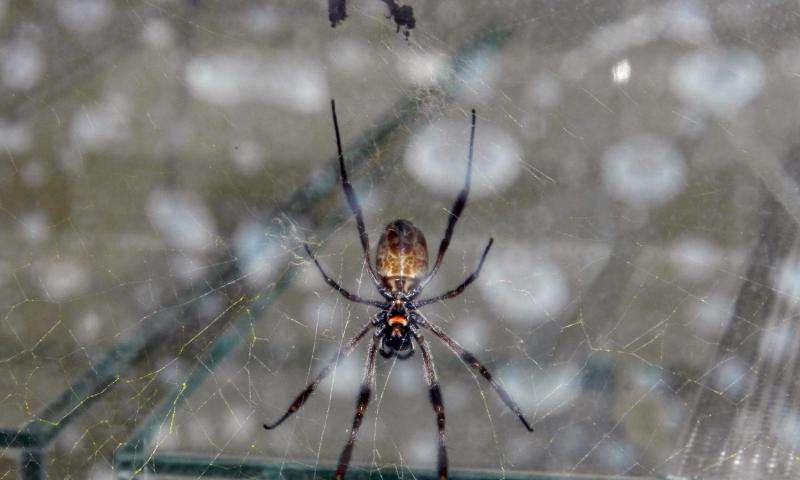The golden orb-weaver spider from Tanzania spins such strong webs that Tanzanian fishermen use them for fishing. Their spider silk is more tear-resistant than nylon and four times more elastic than steel, is heat-stable up to 250° C, extremely waterproof and, on top of that, has antibacterial properties. These characteristics also make it attractive from the point of view of biomedical research. Initial studies conducted by Christine Radtke, new Professor for Plastic and Reconstructive Surgery at MedUni Vienna/Vienna General Hospital, have shown in an animal model that the threads have great potential for nerve and tissue repair.
 There is currently a great need for such techniques in plastic and reconstructive surgery, especially for so-called extensive nerve injuries of more than 5 cm in length in the peripheral nervous system – for example following a serious accident or after tumour resection. Apart from limited nerve grafts, doctors have only been able to use synthetic conduits (interposition graft), to reconnect severed nerves so that the nerve fibres can grow back together. “However, this only really works well over short distances of up to 4 cm, at most,” explains Radtke.
There is currently a great need for such techniques in plastic and reconstructive surgery, especially for so-called extensive nerve injuries of more than 5 cm in length in the peripheral nervous system – for example following a serious accident or after tumour resection. Apart from limited nerve grafts, doctors have only been able to use synthetic conduits (interposition graft), to reconnect severed nerves so that the nerve fibres can grow back together. “However, this only really works well over short distances of up to 4 cm, at most,” explains Radtke.
Radtke and her colleagues at the Medical University of Hannover, from whence the surgeon transferred to Vienna in October 2016, developed a new microsurgical technique that involves filling the veins with spider silk to form a longitudinal guide structure. “This acts almost like a rose trellis,” explains Radtke, who is continuing her research at MedUni Vienna/Vienna General Hospital. “The nerve fibres use the silk fibres to grow along in order to reconnect with the other end of the nerve. The silk provides the cells with good adhesion, supports cell movement and encourages cell division.”
In an animal model, this technique successfully repaired nerve damage over distances of up to 6 cm: the nerve fibres grew back together in a functional way within 9 months. At the same time, the framework of spider threads, which is a natural substance, was completely broken down by the body. Equally, spider silk does not provoke a rejection reaction.
Read More at the Source: Repairing damaged nerves and tissue with spider threads
Provided by: Medical University of Vienna
Image Credit: The golden orb-weaver spider. Credit: Medical University of Vienna